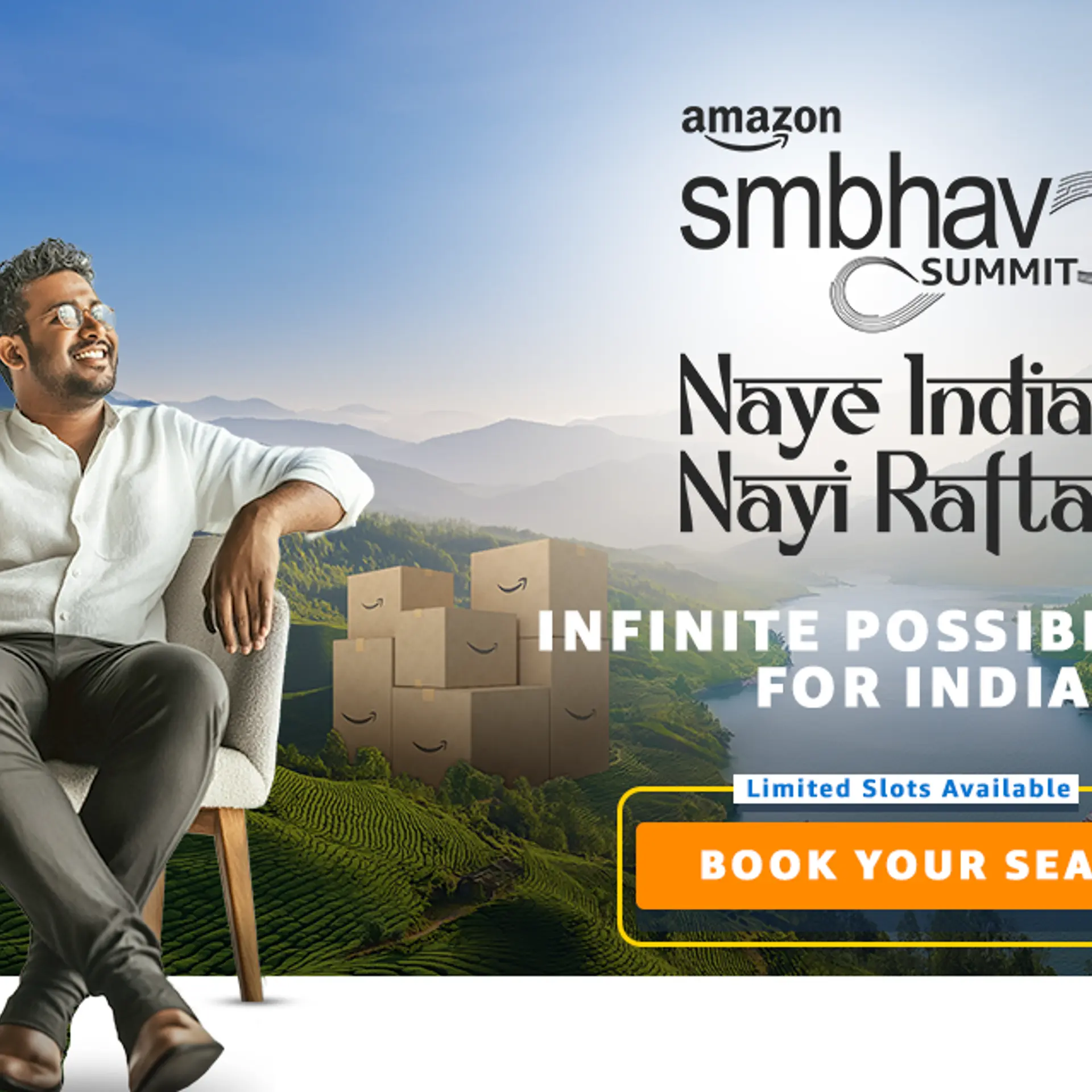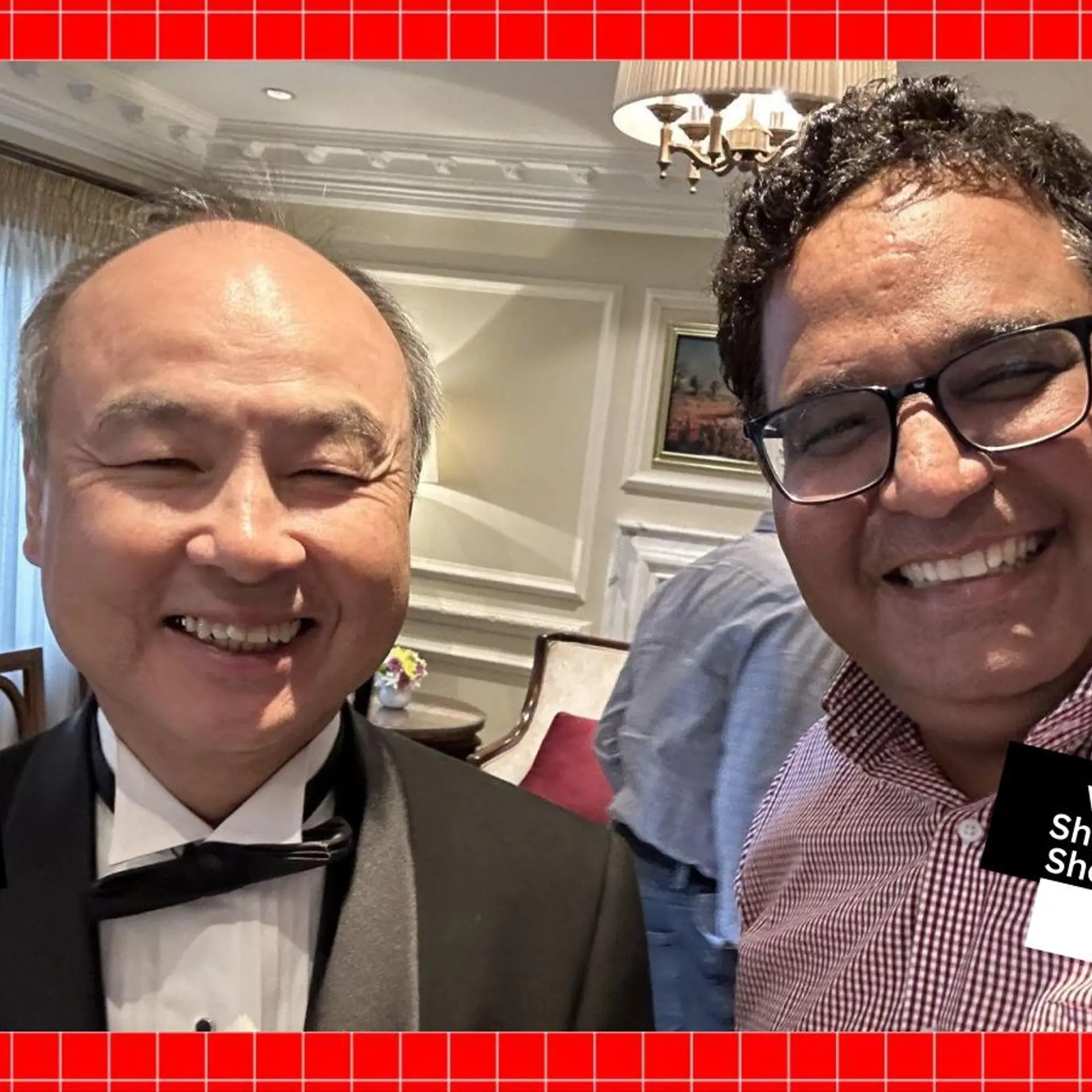How to Create User Engagement Through Product Rituals?

- Product managers dream about creating unforgettable user experiences. In this pursuit, many of them tend to squeeze in a lot of features into their products that end up marring the very experience they are trying to create. Sometimes, the unforgettable experience lies not in the product and its features, but in the ritual of personalizing and using the product. In fact, the product could even be inferior but by smartly devising ways to involve the user in the last mile of the product creation and consumption process, the product manager can create a stellar experience.Tequila, for instance, creates the experience through the ritual that goes along with its consumption. For the uninitiated, the tequila drinking ritual, referred to as the training wheels, involves the drinker moistening the back of the hand below the index finger and pouring salt on the moist area. Then the salt is licked off the hand, the tequila is drunk, and a slice of lime is bitten. Here is a case where the product is bitter and the flavor is less balanced, but still the ritual brings about a satisfying experience.

- Oreo, the century old cookie brand, has created a “Twist, Lick and Dunk” ritual around its product that makes it different in the eyes of the consumers. It is no longer a lowly cookie that you consume; the ritual elevates its status and makes it uniquely yours.

- McDonalds created amazing consumer engagement through its Shaker fries, also called as “Shake Shake” fries. The concept is very simple. You buy a bag of fries, carefully construct your own flavor by adding condiments of your choice and you shake the bag to your heart’s content. In this case, the ritual makes a commodity the consumers’ work of art.

- Baking product companies such as Pillsbury have mastered the art of providing enough handholding with pre-made baking materials and instructions to make sure that the bakers have a successful baking experience. At the same time, they leave enough room for the bakers to get a sense of ownership of the final product.

- Assembling IKEA furniture is a major pass-time for many customers. Customers get a kick out of assembling their own bookcases and bed frames. The assembly process brings out the inner child in customers and generates positive experiences.

The psychology of product rituals
Product rituals satisfy two fundamental human needs: Need for control and need to express individuality.
Allowing the consumer to play an active role in the product creation and consumption process satisfies their need for control. Companies benefit by ceding some control, because in the end, the consumers take ownership of their creation and are less likely to be critical of the product.
In all the examples above, rituals serve an important purpose of making the consumption a joyful activity and allowing the consumers to express their creativity. By tapping into the consumers’ need to express their individuality, companies are able to generate positive emotions about their products.
There are a few simple rules of thumb to make product rituals work:
- Make it short, yet personal
Make the ritual short, yet allow for intense personalization. If the ritual is too elaborate, there is a risk of losing the interest of the consumer.
- Tickle the ego factor
Appeal to the sense of ownership and individuality that consumers crave for. Through the ritual, make the product uniquely theirs.
- Know where to give up control
Know where to draw the line between standardizing quality and allowing for a personalized experience.
In the digital world where products are not tangible, rituals are created using unique User Interface (UI) elements. Google+ created a ritual around dragging and dropping contacts into social circles. The act of categorizing contacts in a fun way created the initial hype around the platform (Its subsequent no-show is a topic for another discussion).
Thanks to the possibility of mass customizing products in the digital world, end users tend to get involved at various stages in the product creation process, not just during the last mile of the consumption process. There are in fact many examples of co-sourcing and crowd sourcing where companies involve not just an individual user but also an entire community in the product creation process. Back in 2007, Facebook had a challenge while attempting to make its site available to everyone, everywhere in all languages. Idiosyncratic terms that were popular on Facebook such as ‘Poke me’, ‘Throwing Sheep’ etc. needed to translate well in other languages. Instead of trying to translate everything in-house, Facebook turned to its own platform and its community of users. Users from all over the world assumed a sense of ownership and jumped in to provide their own take on how Facebook should be translated. The pace at which Facebook was able to roll out non-English versions took even them by surprise.
To sum it up, product managers need to think about the usage of the product rather than just the features of the product. Additionally, if product managers think beyond plain functional use and can devise ways (rituals) through which users can create their own experiences, an emotional bonding is formed and users become intimately engaged with the product.







